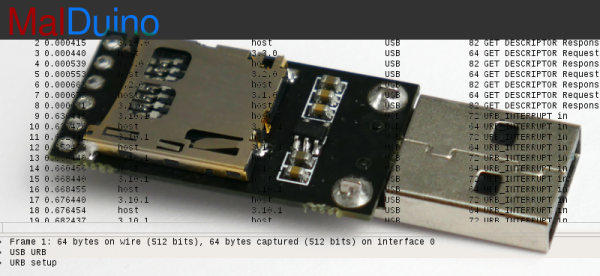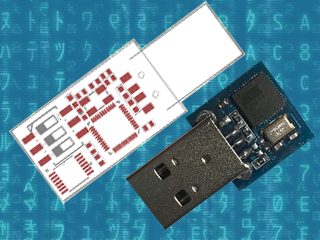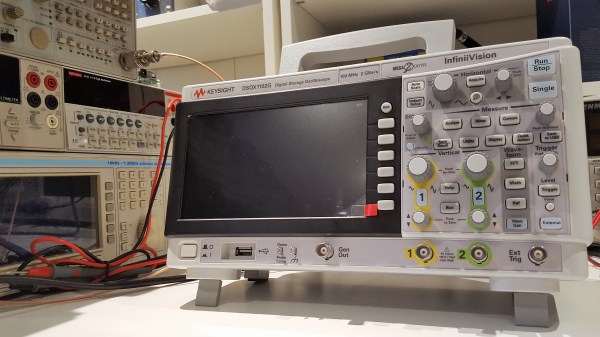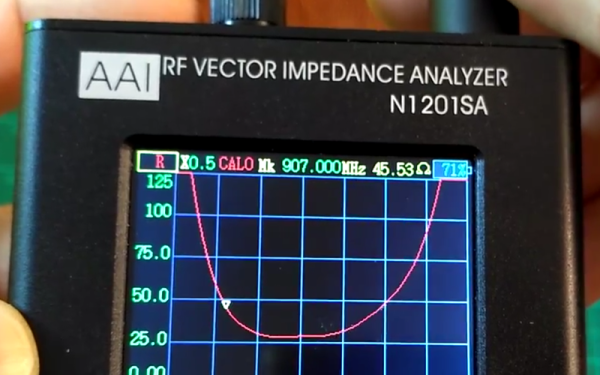In bringing suitable illustrations to our articles, we Hackaday scribes use a variety of sources that offer images featuring permissive licences. Among the usual free image libraries there is one particularly rich source, the line drawings contained within the huge archives of patents granted by the various countries around the world. These are the illustrations used as part of the patent itself to describe the working of the patent being claimed. We use them because though the items they depict are legally protected from copying by the patents they are part of, they as part of the patents themselves are in the public domain. Thus we can easily find detailed hand drawn pictures of all kinds of technical innovations from the last couple of hundred years or so, and from time to time you as our readers reap the benefit.

If you spend a while browsing old patents through a search engine such as Google Patents, you can quickly become engrossed in these beautiful images of inventions past. Though their purpose is a functional one to convey the workings of an invention, the anonymous artists have often poured all of their skill into rendering them as considerably more than mere draughtsmanship. In those dusty Government archives lurk masterpieces, just waiting to be found.
It seems we here at Hackaday are not alone in sharing a fascination with these images, for a US patent agent, [Kevin Prince], wrote a fascinating exploration of the medium in his book, The Art of the Patent. Continue reading “Book Review: The Art Of The Patent”






![A selection of probes, from [Jim Williams'] Linear Technology app note 72.](https://hackaday.com/wp-content/uploads/2017/03/lt-probe-configurations.jpg?w=400)













